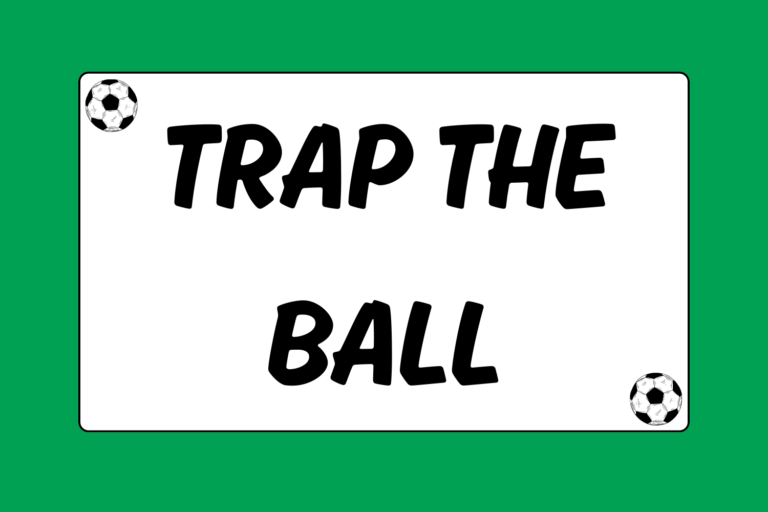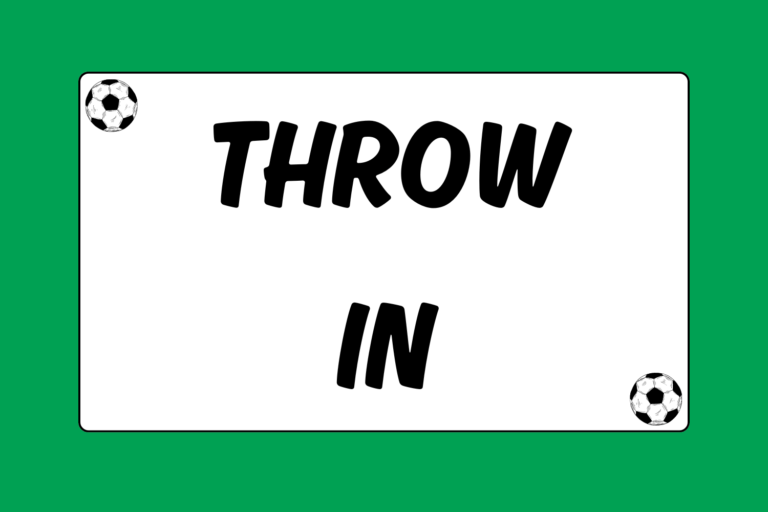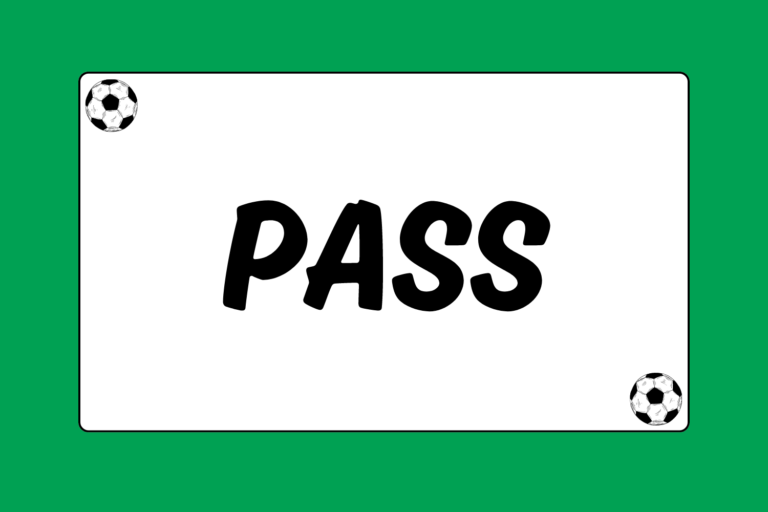The fastest way for any soccer players to make an impact on the field is to become an aggressive, clean tackler. Most youth players spend far more time working on ball skills such as dribbling, passing, and shooting, and ignore the importance of learning to tackle. As much as any other skill, the ability to tackle can guarantee a player time on the soccer field and a chance to help the team win.
Hard tackles aren’t glamorous and they aren’t easy. But in a game in which possessing the ball is the biggest key to winning games, tackling and gaining possession is a crucial element of success. Read on to learn the fundamentals of making a soccer tackle.
Mindset
The best tacklers exhibit determination and toughness. They strongly believe every ball that enters their zone on the field belongs to them. They’re not always the biggest or fastest players on the field, but their desire for the ball makes up for any physical shortcomings.
Watch professional soccer on television, or attend games involving competitive high school or college players. Notice the defensive players specifically; they’re not always the biggest or tallest players on the field. In fact, they’re often players with average size and speed who’ve developed a great combination of skill and toughness.
Becoming a great tackler requires mastery of the three T’s of tackling:
- Technique
- Timing
- Toughness
That said, the real key to becoming a great tackler is wanting the ball more than the offensive player. Any player who is struggling to find their niche in the game has a lot to gain by deciding to consistently out-fight an offensive player for the ball.
Technique
Good tackles have to be hard and aggressive. There’s no time to remind yourself of the right technique when going after an opponent with the ball — it must be instinctual and automatic. For that reason, it’s important to practice good tackling technique in drills and warm-ups until it becomes second nature.
When tackling an opponent with the ball, players should follow a few basic steps to gain possession and avoid injury:
- Close the gap and prepare: Quickly close the distance to the dribbler, and get in defensive position — knees are bent, feet are shoulder-width apart, weight on the balls of your feet and ready to move quickly.
- Be balanced: The off-foot should be firmly planted when tackling the dribbler, and weight should be over the ball. Have good body control; don’t lunge for the ball.
- Go through the ball: The ankle and knee should be locked, and the defender should go through the ball with the laces or instep. Tackling should be one fluid motion, with momentum carrying you forward after gaining possession.
- Knee faces the dribbler: Always avoid pointing the knee or toe sideways, which can expose the knee to injury from a hard tackle.
- Go hard but clean: First contact should be aggressive and on the ball, not the player.
Timing
Good tacklers don’t usually stab for the ball right away when challenging an attacker. This leaves the defender exposed for a quick sidestep or lateral move that’s hard to defend. Instead, tacklers should think containment by directing the tackler toward a teammate or the out-of-bounds line.
The best defenders wait for the attacker to show too much of the ball, by letting it get away from the body. Skillful dribblers rarely release the ball far from their feet, making a hard tackle more difficult to execute. Find a balance between patience and aggression, and go for the ball hard at the first opening.
Hot Tip: Eyes on the Prize
When going in for a tackle, concentrate on the ball, not on the opposing player’s body or feet. Skillful offensive players can juke or sidestep around an over-aggressive defender. Focus on the ball to avoid being faked out of a clean, hard tackle.
Toughness
In soccer, toughness and skill beat talent most of the time, especially when an aggressive tackler is bearing down on an attacker. Being tough in the midfield and on defense means having a willingness to do whatever it takes to gain possess and quickly move the ball up field for a counter-attack. Tough-minded players are popular with teammates and coaches, because they clog up opposing attacks and slow down skillful opponents.
Tackling is an Art
Good tackling can take years to master to the point that it becomes a real threat against advanced-level attackers. These helpful tips can give would-be tacklers an advantage:
- Train with drills: One-on-one tackling simulation drills can build a player’s confidence and skill level in a hurry. Start working on drills as soon as possible to impress coaches and teammates.
- Strength training: Building core muscle tissue can vastly improve tackling ability, especially at the end of games when players are beginning to fatigue.
- Practice with your off-foot: In a perfect world, attackers would always approach toward a defender’s strong foot. Unfortunately, this isn’t always the case. In game conditions, good defenders can challenge effectively with either foot.
- Poke tackles: Poke tackles are risky because they leave a defender off-balance after lunging for the ball. They’re best used when a defender is behind or to the side of an attacker, and when a teammate is nearby to handle the loose ball. Always be sure to contact the ball first, or a foul will likely be called.
- Slide tackle only when necessary: Slide tackles are usually less necessary than they would seem to be. They’re spectacular but highly risky, due to the chance of injury and fouls. They should be avoided except as a last resort.
In a tackle situation, the rule of thumb is that the player who wants the ball most is usually going to wind up with it. The desire has to be there; it’s not just a skill-based mission. Follow the guidelines listed above, be sure to practice, and you’ll become a great tackler in no time.





